hun2troiskhap-blog
26 posts
Latest Posts by hun2troiskhap-blog
Things come along like this that make the internet so special, I AM IN FUCKING TEARS

Bonus Panel Instagram



A breathtaking view of the Twin Jet Nebula, aka the Butterfly Nebula or M2-9, a planetary nebula found about 4,200 light-years away in the direction of the constellation Ophiuchus, observed by the Hubble Space Telescope.
(ESA/Hubble & NASA/Judy Schmidt)
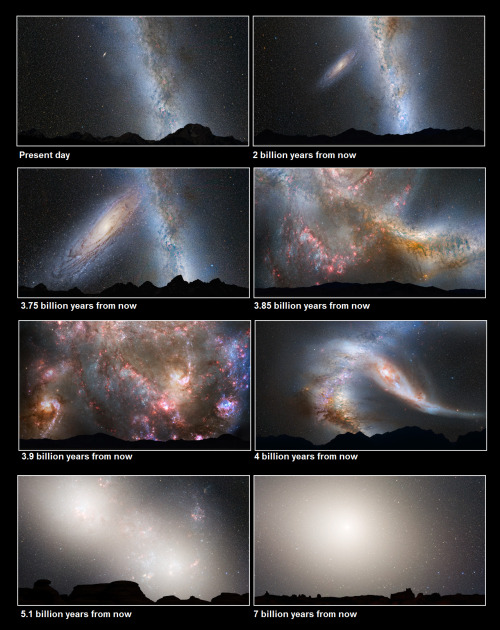
The Andromeda galaxy, M31, is moving towards the Milky Way at a speed of 250,000 miles per hour and is predicted to collide, and eventually merge with our own galaxy in 4 billion years. The series of images above illustrates this merging of the two galaxies.

les témoins de la rationnalité
So after belle and the beast got married they have to buy all new furniture since like half their castle turned into people


…The resemblance is uncanny.

Hmmmm… http://bit.ly/1y6QyxW
“boys dont like it when-“

Take no shit
I’m constantly torn between the ‘be kind to everyone’ and the ‘fuck everyone you owe them nothing’ mentalities
romanticize the hell out of your life tbh? romanticize the freckle on your left ass cheek or getting gas at the station before sunset. make every moment a good memory. make yourself feel special because you are special and I’m tired of this attitude where we attack each other by saying “no one cares”
National Aviation Day!

Today, August 19, is National Aviation Day! You might wonder why we’re celebrating National Aviation Day, let us tell you…
First, did you know that EVERY U.S. commercial aircraft and every U.S. air traffic control tower has NASA-developed technology on board? It’s true! Here at NASA, we’re invested in aeronautic research. Today’s air transportation system is an integral part of the U.S. and global economies.
It’s the primary mechanism for connecting countries across the world through moving people, as well as goods and services. You feel the impacts of aviation and the air transportation system everyday. Just about every product produced and purchased today has been touched by aviation in some way. Aircraft transport 17.7 billion tons of freight every year. While you may not have flown today, something you needed did.

Our aviation experts are dedicated to improving the design of airplanes so they’re more Earth friendly – less fuel use, lower pollution, less noise around airports. We also work with the Federal Aviation Administration to provide new tools to air traffic controllers for improving efficiency and reducing delays.
So, celebrate National Aviation Day with us! Spread Your Wings, take a photo, post it today and tag #SpreadYourWings and/or #NationalAviationDay. We may even pick your photo to highlight on our NASA web page!
"Et les vaccins, c'est seulement pour essayer de nous contrôler !"


requested by lacepearlsandchocolate

http://iglovequotes.net/

Put me down! I am fear! (Source: http://ift.tt/1higZem)

This Monday, Aug. 17, marks the final targeted flyby of Dione, one of Saturn’s many moons, in Cassini’s long mission. During this flyby, the science team will conduct a gravity experiment that will contribute to our knowledge of the internal structure of Dione. We will also learn more about its outer ice shell, and will be able to compare this with Saturn’s other icy moons.
Beyond the icy moons, Saturn is adorned with thousands of beautiful ringlets, While all four gas giant planets in our solar system have rings – made of chunks of ice and rock – none are as spectacular or as complicated as Saturn’s. Like the other gas giants, Saturn is mostly a massive ball of hydrogen and helium.

This image of Saturn was taken using an infrared filter. Using this type of filter can help scientists determine the location of clouds in the planet’s atmosphere. The darker areas reveal clouds that are lower in the atmosphere, while the bright areas are higher altitude clouds.
Since Cassini reached Saturn in 2004, it has captured important data and images. This spacecraft has the ability to “see” in wavelengths that the human eye cannot, and it can “feel” things about magnetic fields and tiny dust particles that no human hand could detect. These heightened “senses” have allowed us to have a better understanding of Saturn, its moons and the solar system.

Learn more about Cassini & Saturn: http://saturn.jpl.nasa.gov/
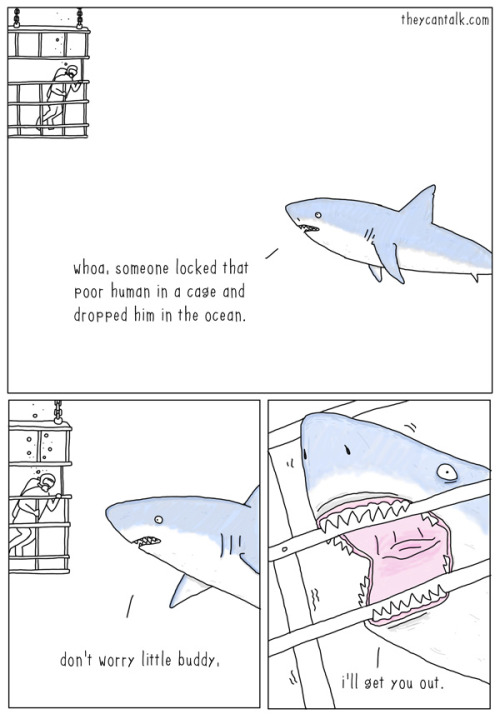
Shark Rescue

An aerial view of Namib desert dunes. The dunes receive very little by way of rain, sometimes years pass between showers, but an almost daily cloak of vaporous fog provides just enough moisture to allow life to cling on in this, the oldest desert in the world.

An aerial view of Namib desert dunes. The dunes receive very little by way of rain, sometimes years pass between showers, but an almost daily cloak of vaporous fog provides just enough moisture to allow life to cling on in this, the oldest desert in the world.

Hungry late night sketch

(via chelsperry)
![Micro Squirrel. [video]](https://64.media.tumblr.com/ca400b343c6b1c0054397c9356d5e8a8/tumblr_nt2r6rp3cb1s02vreo1_250.gif)
![Micro Squirrel. [video]](https://64.media.tumblr.com/0fad08195e347fdc6057217018f2f1c7/tumblr_nt2r6rp3cb1s02vreo2_250.gif)
Micro Squirrel. [video]



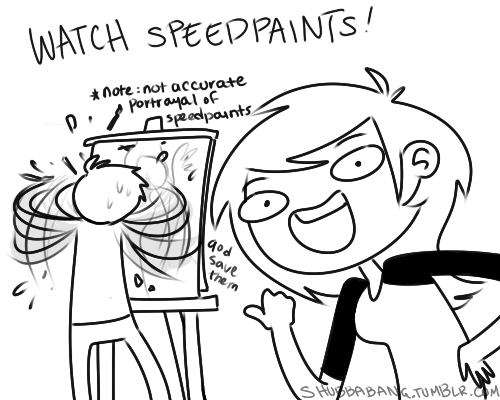

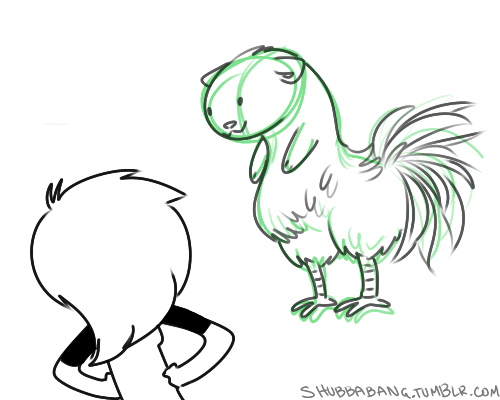
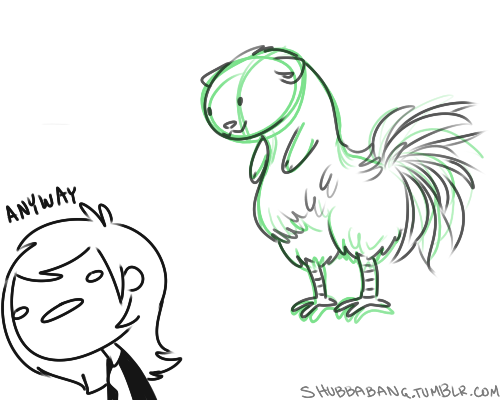



do not compare yourself to leonardo da vinci